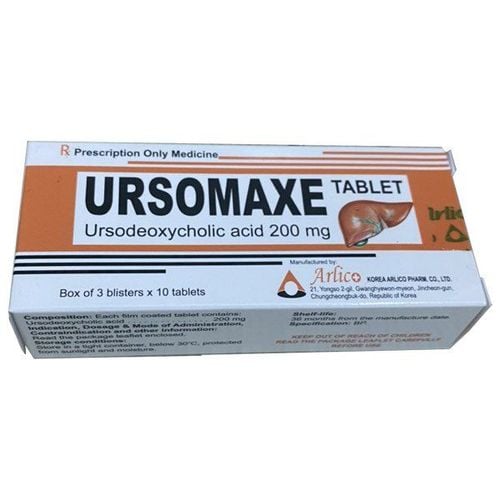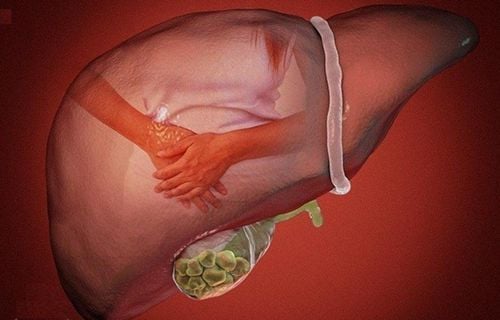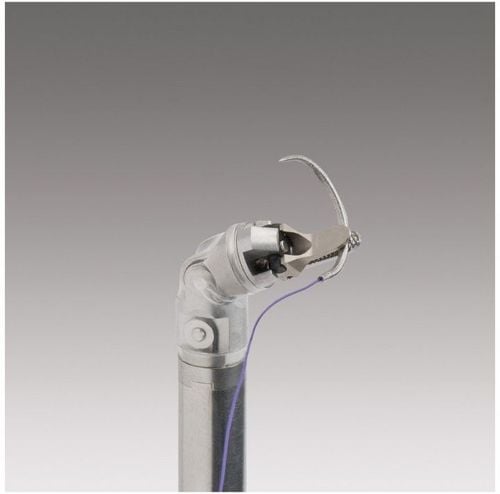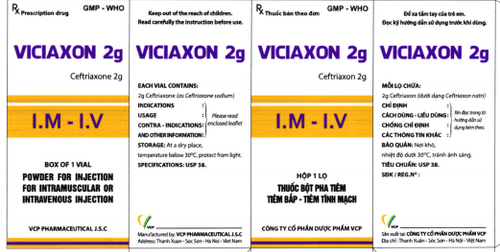This is an automatically translated article.
The article was professionally consulted by Specialist Doctor I Dong Xuan Ha - Gastroenterologist - Department of Medical Examination and Internal Medicine - Vinmec Ha Long International General Hospital. With 14 years of experience in the field of Endoscopy - Gastroenterology, Doctor Dong Xuan Ha has proficiently performed diagnostic gastrointestinal endoscopy techniques, emergency interventions and therapeutic interventions.Gallstone disease, also known as extrahepatic bile duct stones, is a fairly common disease in our country, accounting for more than 80% of the total number of patients with gallstones. If not treated promptly, the disease can cause many dangerous complications such as causing biliary obstruction, inflammation, biliary bleeding, acute pancreatitis.
1. Management of common bile duct stones
1.1. Non-surgical treatment
Use medicine to dissolve gallstones and the treatment process goes on for a long time. This method is often applied to patients who cannot have surgery. Mainly temporary medical treatment with antibiotics against Gram (-), smooth muscle relaxants.Ursodeoxycholic acid is the active ingredient mainly used as a medicine for the treatment of common bile duct stones. The active ingredient has the effect of reducing the production of cholesterol from the liver and blocking the absorption of cholesterol from the intestine, creating favorable conditions for the dissolution of kidney stones formed by the accumulation of cholesterol. This drug is indicated for the treatment of gallstones with small number or gallstones without X-ray contrast, <15mm in diameter and good gallbladder function.
Besides, non-surgical treatment of common bile duct stones also includes transduodenal endoscopy, sphincter of Oddi removal of stones; percutaneous lithotripsy , endoscopic biliary lithotripsy ; extracorporeal lithotripsy.
1.2. Surgical treatment
Surgery by open surgery and laparoscopic surgery.Treatment of common bile duct stones, the commonly used method for treatment is surgery to remove gallstones, creating bile-intestinal circulation. Doctors can give patients medical treatment first with measures: antibiotics, reduce biliary spasm, fluids, electrolytes. This is to create the best conditions before the operation, to increase the success rate and reduce the complications of the surgery.
There are many ways to treat common bile duct stones such as: endoscopic retrograde cholangiopancreatography to remove bile duct stones, open surgery or laparoscopic surgery.
1.2.1 Classic surgery (open surgery)
Cholecystotomy for Kehr drainage stones: This method was previously used routinely for surgical treatment of common bile duct stones. This is a method of surgical treatment, dissecting the abdomen and conducting manipulations on the biliary tract based on its pathological lesions.1.2.2 Laparoscopic surgery for common bile duct stones
This method helps patients avoid large incisions, reduce the risk of infection and blood loss, reduce pain, and shorten hospital stays. In laparoscopic cholecystectomy, the doctor makes 3-4 small incisions on the abdominal wall, through these small incisions, the doctor will put a camera into the abdominal cavity, as well as insert surgical instruments. for gravel. This method requires modern equipment and experienced surgeons to be able to perform it effectively and safely.1.3. Endoscopic retrograde cholangiopancreatography (ERCP .)
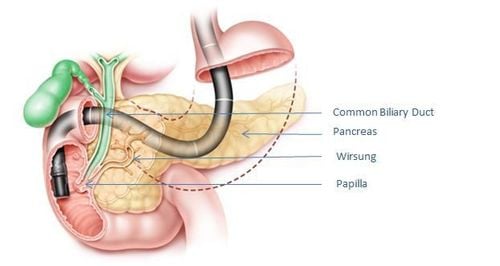
2. Will common bile duct stones recur?
In the long term, recurrent common bile duct stones often recur. In the case of recurrent bile duct stones, it is common to apply the measure of stone removal through endoscopic retrograde duodenum. This is the method that the surgeon will: perform a sphincter of Oddi resection to remove the primary biliary stone.This method can also be used for patients who have never had bile duct surgery and those who are elderly and frail, the success rate is from 70 to 80%.. Besides, for patients with recurrent common bile duct stones. Or surgery to remove stones can also remove stones through the skin can be endoscopic stone removal through Kehr tunnel or percutaneous stone removal with the help of electrohydraulic lithotripsy.
Please dial HOTLINE for more information or register for an appointment HERE. Download MyVinmec app to make appointments faster and to manage your bookings easily.





